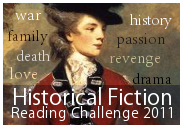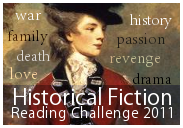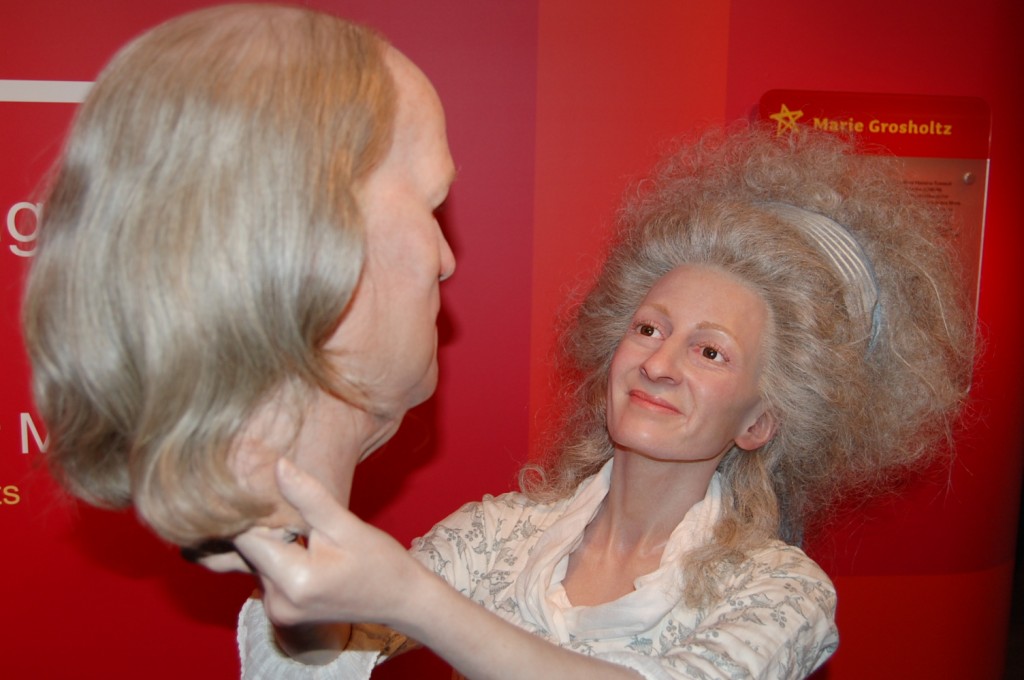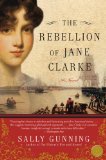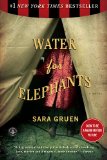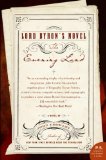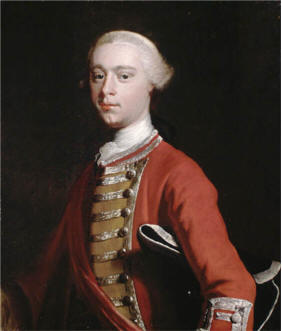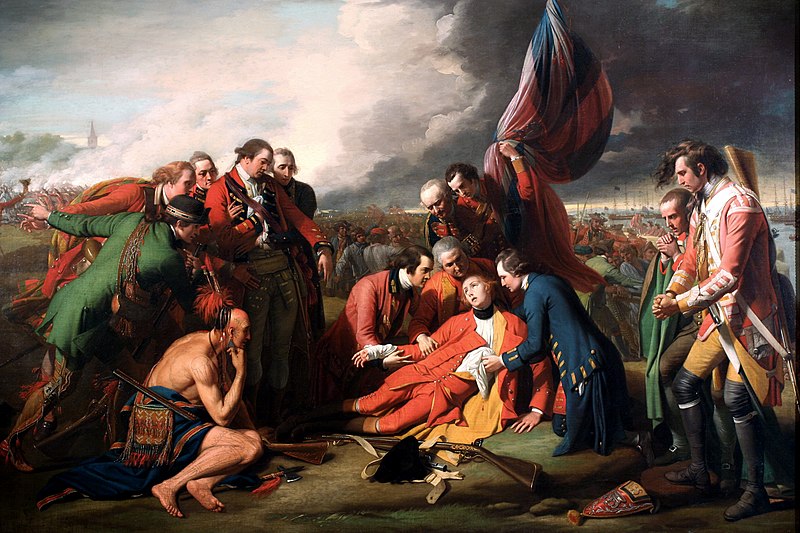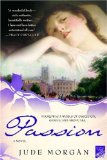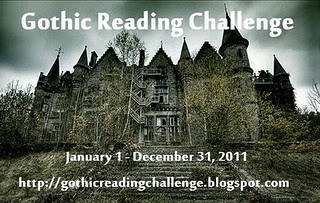[amazon_image id=”0670021040″ link=”true” target=”_blank” size=”medium” class=”alignleft”]Caleb’s Crossing: A Novel[/amazon_image]Caleb Cheeshahteaumuck was the first member of of the Wampanoag tribe, indeed the first Native American, to graduate from Harvard in 1665. Geraldine Brooks tells his story in her latest novel [amazon_link id=”0670021040″ target=”_blank” ]Caleb’s Crossing: A Novel[/amazon_link]. Brooks’s narrator Bethia Mayfield, the daughter of a missionary to the native Wampanoag tribe on Martha’s Vineyard, is a friend to Caleb, whom she meets on her rambles on the island. She begins teaching him her language, and in time, he becomes a student of her father’s, much to the chagrin of his uncle Tequamuck, a shaman in Caleb’s tribe. Bethia hungers for the learning closed to her sex, and she listens in on lessons with her brother and Caleb whenever she can. A much more ready student than her brother, she thirsts after knowledge. When her brother undertakes study with a prep school in Cambridge, Bethia goes with him as an indentured servant.
Many books about colonial American seem to concern either the Salem Witch Trials or the Revolutionary War. Brooks’s novel is unique for its focus on a different era, and indeed on relations between Native Americans and English settlers. Readers of [amazon_link id=”0142437336″ target=”_blank” ]The Crucible[/amazon_link] will recognize Thomas Danforth, who appears late in the book in a much more favorable light than Arthur Miller painted him. Caleb emerges as an interesting character. When explaining to Bethia why he chose to turn away from his tribe’s teachings and study with her father, Caleb says, “Life is better than death. I know this. Tequamuck says it is the coward’s talk. I say it is braver, sometimes, to bend” (144). Tequamuck has foreseen enmity between the Wampanoag and the English, and Caleb seeks to “find favor” with the English God, thinking that “if your God prospers me there, I will be of use to my people, and they will live” (144). The book is an interesting and well-written glimpse into a little-known area of American history. If the book suffers from a common historical fiction ailment of the heroine living out of her time and seeking opportunities denied women in other eras, the author can be forgiven because Bethia comes across as an earnest and realistic woman of her time. Brooks brings colonial Martha’s Vineyard into sharp relief. For readers interested in American historical fiction, this novel offers a glimpse into a time when America was just emerging, and a somewhat shaky peace between colonists and Native Americans seemed possible.
Rating:




I read this novel for the Historical Fiction Reading Challenge. Full disclosure: I received an ARC of this novel as part of the Goodreads First Reads program.
